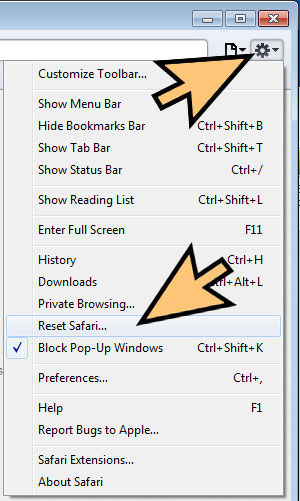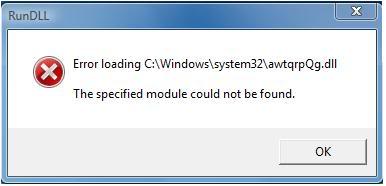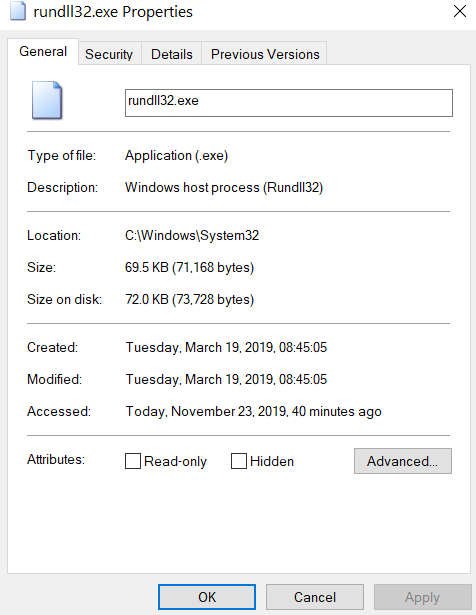

WARNING: This procedure may involve changing the complementary metal oxide semiconductor (CMOS) settings and modifying the basic input/output system (BIOS) settings. You can repair a damaged Windows installation if you run Windows Setup from the Windows XP CD-ROM.įor additional information about how to perform an in-place upgrade of Windows XP, click the article number below to view the article in the Microsoft Knowledge Base:ģ15341 How to Perform an In-Place Upgrade (Reinstallation) of Windows XPĬonfirm that the CMOS/BIOS Settings Are Correct Try to Repair Your Installation of Windows XP by Performing an In-place Upgrade Windows XP starts your computer by using the registry information that was saved at the last shutdown. If a Boot menu appears, use the arrow keys to select Microsoft Windows XP, and then press ENTER. Use the arrow keys to select Last Known Good Configuration (your most recent settings that worked), and then press ENTER.

Start the computer, and when Windows begins to start, press F8 to make the Windows Advanced Options menu appear. If Windows does not start, restart Windows by using the Last Known Good Configuration functionality: Try to Restore Operation of Windows XP by Using the Last Known Good Configuration Functionality

In the Search box, type system restore, and then press ENTER. You can use these restore points to return Windows XP to a previous state.įor additional information about using the System Restore tool, click the article number below to view the article in the Microsoft Knowledge Base:ģ06084 HOW TO: Restore the Operating System to a Previous State in Windows XPįor additional information about System Restore, click Help and Support on the Start menu. System Restore takes a "snapshot" of critical system files and some program files and stores this information as restore points.

You can use the System Restore tool to return your computer to a previous working state. Try to Restore Operation of Windows XP by Using System Restore Note that if the hardware device uses jumper pins or dip switches, you must configure the device manually.įor additional information, click the article numbers below to view the articles in the Microsoft Knowledge Base:ģ10126 Troubleshooting Device Conflicts with Device Managerģ14464 How to Troubleshoot Unknown Devices Listed in Device Manager You can use Device Manager to examine and change devices that are configured by software. Use Device Manager to Determine If the Problem Is Related to a Device Driver NOTE: If you can shut down or restart your computer from Safe mode, continue to the next section to troubleshoot possible driver issues. 310602 How to Disable a Service or Device that Prevents Windows from Starting


 0 kommentar(er)
0 kommentar(er)
